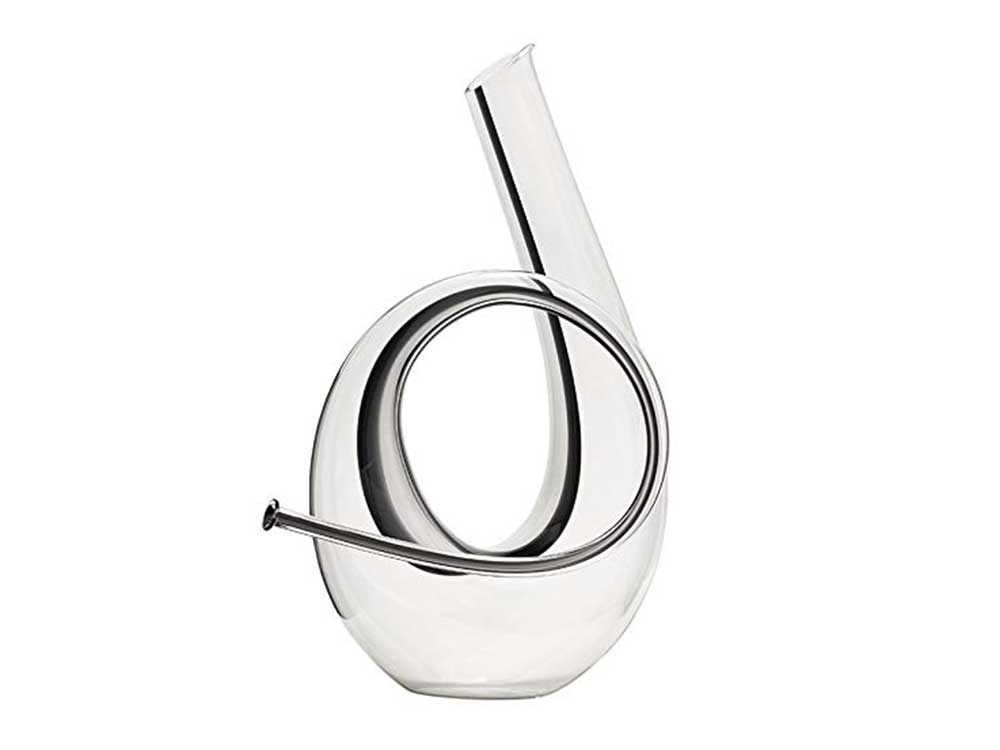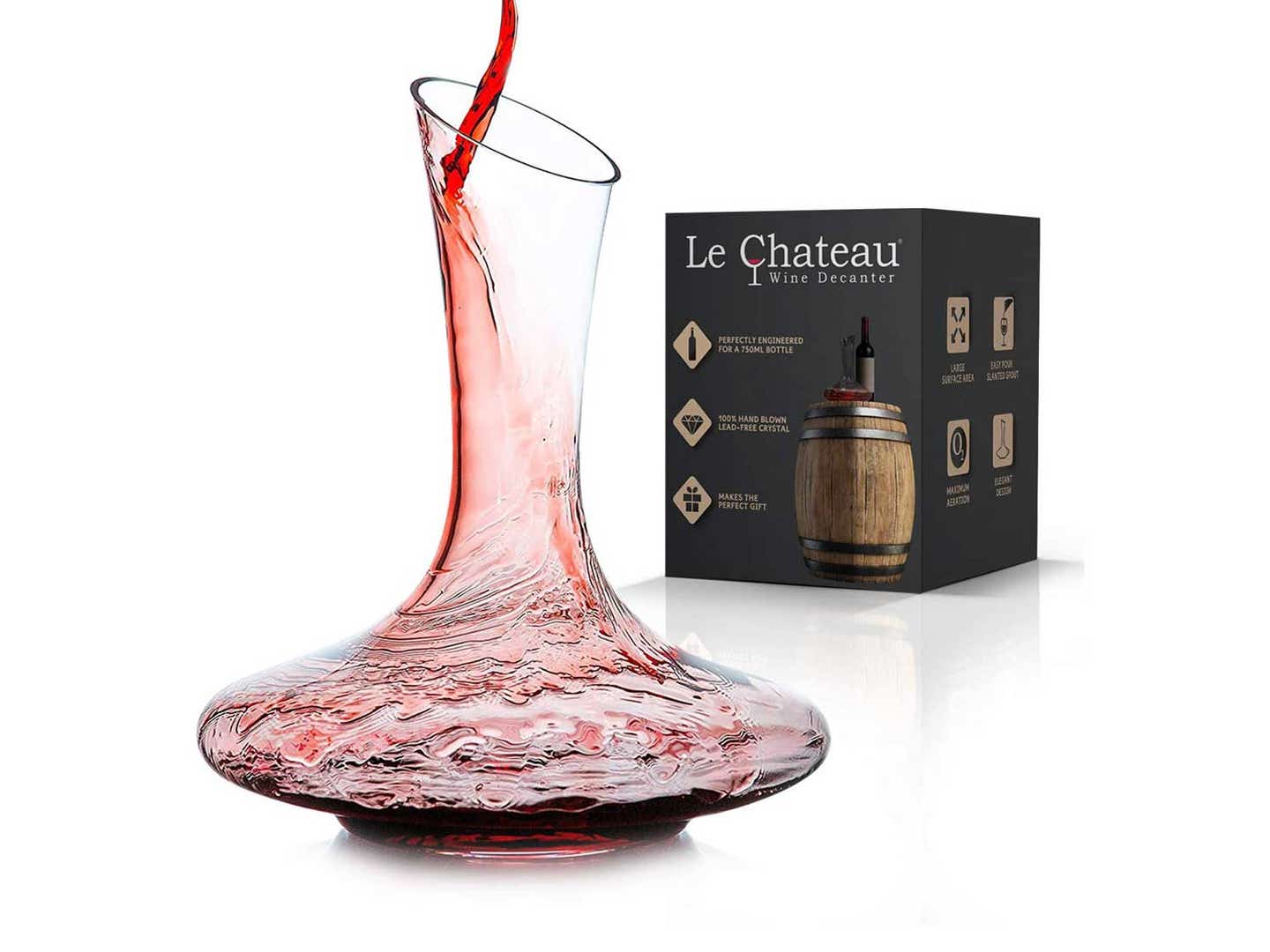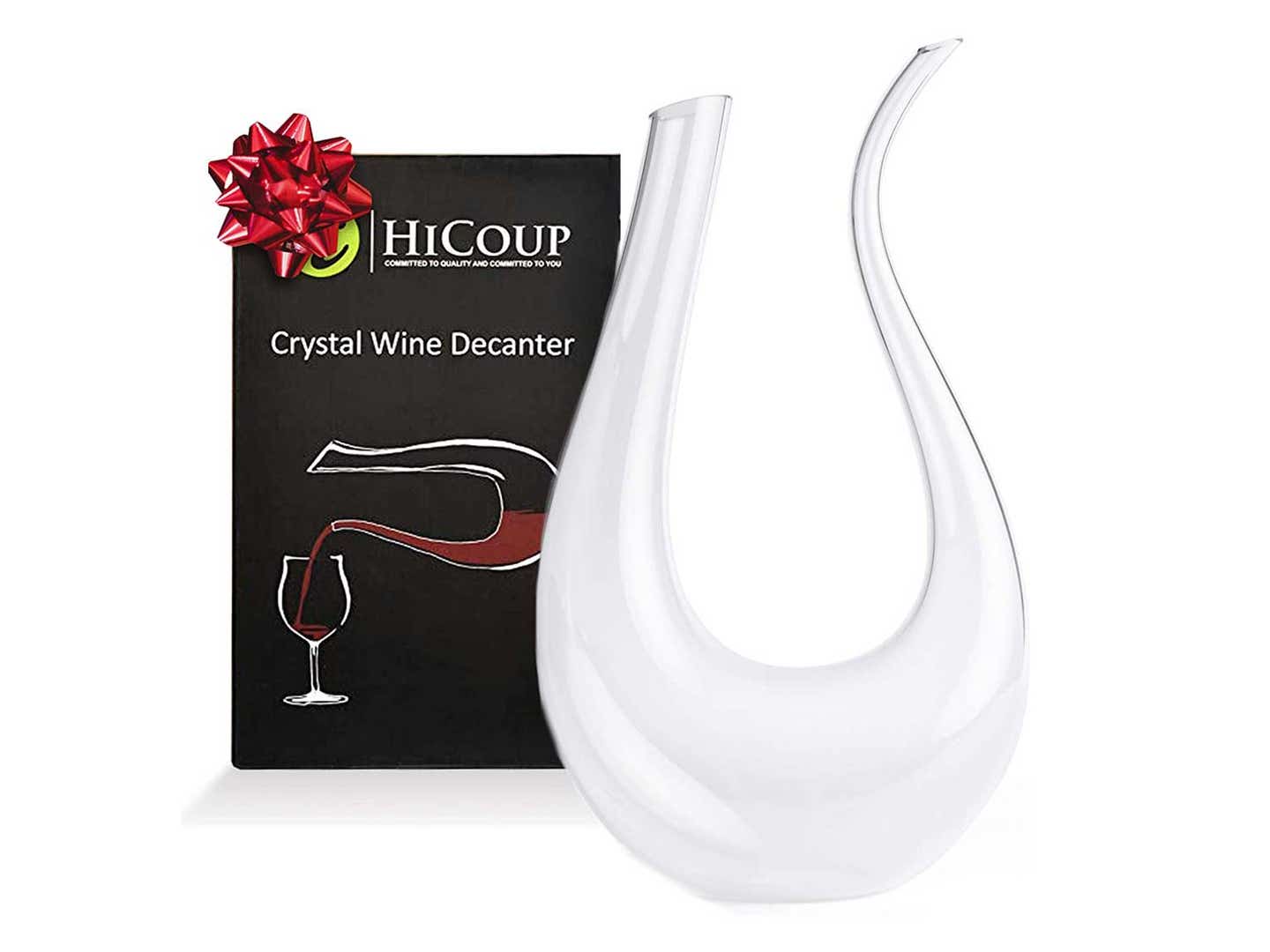3 Professional Wine Decanters and How to Use Them
How (and why) you should be decanting your wine, as told by Ariel Arce of Niche Niche, Air’s Champagne Parlor, and Tokyo Record Bar

Let’s rewind a bit: why do we aerate? “A wine decanter allows you to expose a wine that needs to breathe to air,” Arce notes. “Older wines that have been cooped up in a bottle have to stretch their legs sometimes, so a decanter is a great way to expedite that. It’s also great for young wines that are ‘tight.’” In short, some wines need a bit of oxygen and movement in order to bring out certain qualities that were hiding before, such as fruit and balance. Sediment-heavy wines can also benefit from decanting as the process helps to prevent solids from winding up in your glass.
When first experimenting with decanting, Arce recommends starting with a relatively young wine that “doesn’t seem to be showing up, or giving you everything you’d hoped for.” She recommends pouring a glass directly from the bottle, then pouring the remainder into a decanter, noting any differences between the two in the first half hour or so.
Shop our favorite wine decanters.
One of Arce’s preferred decanters on the market, Riedel’s Horn style adds a bit of drama and elegance to any table while aerating wines both young and old. This style was inspired by Mozart’s affinity for the post horns used by Austria’s mail carriers and is made from mouth-blown crystal, accented by a striking black and white stripe along its curve.
Le Chateau’s hand blown decanter is tailor-fit for the standard 750ml bottle of wine: when filled with a full bottle, the wide bottom allows for maximum aeration. Perfect for full-bodied reds, the crystal carafe features a slanted spout to avoid drips—a decanter you can wear white around!
Built for red or white wines, this swan-like decanter is effortlessly stylish. Light and well-balanced, the ergonomic u-shape allows for clean and precise pours. As an added bonus, it’s dishwasher-safe—a rarity for decanters!
Keep Reading
Continue to Next Story













